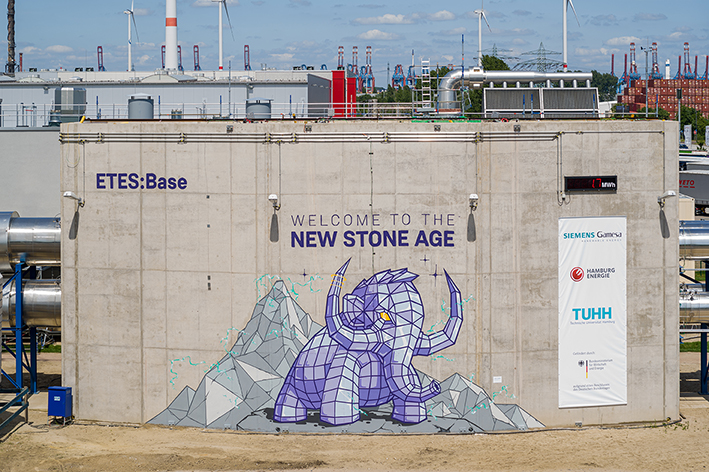-
82% of companies have a defined communication strategy, which allows them to reach their target audience organically and position their brand.
-
Generating visibility and brand awareness is the first step to generating sales.
In recent years, communication channels have evolved rapidly, opening up a wide range of possibilities. Thanks to digitalisation and specialisation, companies have the opportunity to make themselves known in a faster, more efficient and cost-effective way.
At the same time, the profile of the consumer (regardless of whether he or she is an end customer or the purchasing manager of an industrial company) has also evolved considerably in recent times. Whereas a few years ago it was a rather passive and highly loyal profile, today we find an active profile that is willing to discover new solutions, research them and compare them.
This new reality has meant that consumers are not only interested in the product or solution itself, but also in what is behind the company: its philosophy, its services, its values, its place and way of production, as well as its commitment to sustainability and society.
Tiendeo and Nielsen carried out a study after the pandemic in which they presented in general terms aspects that characterise the profile of today’s consumer:
- Digitised consumer
- Prudent and responsible consumer.
- Omnichannel consumer.
- Thrifty consumer
The buying decision process
Every buyer goes through a process before making a decision, known as a conversion funnel. This starts with the recognition phase: the consumer is aware of a brand and, if interested, researches it further.
In this case, communication is involved in the first three phases of the funnel (awareness, interest, desire), so it is interesting to carry out different actions to impact the target audience in the three sections of the funnel. To this end, the correct selection of the communication channels to be considered is key. And one of them is undoubtedly the sectoral media.
Generating awareness is the first step in getting your target audience to know you.
How to raise awareness? The importance of generating valuable content
To increase the visibility of a brand, generating interest in the consumer, one of the most important actions is thecreation of added-value content, designed for the different parts of the funnel.
By implementing a technical content marketing plan, a company can achieve a differentiating value that allows it to stand out from its competitors. All beacause the correct dissemination of these articles, press releases or success stories in the appropriate channels will increase your visibility and recognition, as well as showing a professional, approachable and supportive image. In short, ask yourself where and how your audience is informed.
Sectoral media: a specialised and reliable channel of communication
The general press, once the great bastion of information for citizens and communication for companies, has experienced a notable decline. A recent GAD3 survey shows the decline of traditional newspapers when it comes to staying informed: only 14% of citizens read newspapers every day and almost half of them do so on the internet.
This is not only because the internet is increasingly present in all areas of our lives, but also because it is the place where most specialised information can be found. Online newspapers and magazines realise that it is much easier to build loyalty with a small audience by offering them quality, value-added content about their specific interests, than to reach large masses of people with generalist content that they can find in one way or another in thousands of spaces.
Thus, niche content, newspapers and magazines such as trade media are the ideal channel for B2B companies in the industrial sector to disseminate their messages, as their audience is concentrated in one place. Getting appearances in this type of media is the best opportunity to achieve brand positioning and visibility.
Moreover, if we talk about ROI (Return of Investment), the investment that this type of communication action represents is far from that which must be made for traditional advertising campaigns. The fact of achieving organic and quality publications contributes to the reader, i.e. the target audience that is looking for a solution such as the one that the company can offer and that is an expert in a subject, perceiving it as truthful and interesting information. In addition, all this contributes to creating value around the brand image and positioning it organically among its competitors.
In short, companies have been provided with a set of channels capable of increasing the efficiency and scope of their actions. The old mass media communication campaigns that only sought to reach a large audience (and therefore involved a large cost, competing with literally every company in every sector) in the hope of reaching some of the people who might be interested in their services, have been replaced by targeted strategies for specific audiences.
A segmentation that is only possible thanks to specialised media that, for their own interest and survival, do a job of attraction and loyalty that is invaluable for their advertisers.
Download the article HERE
